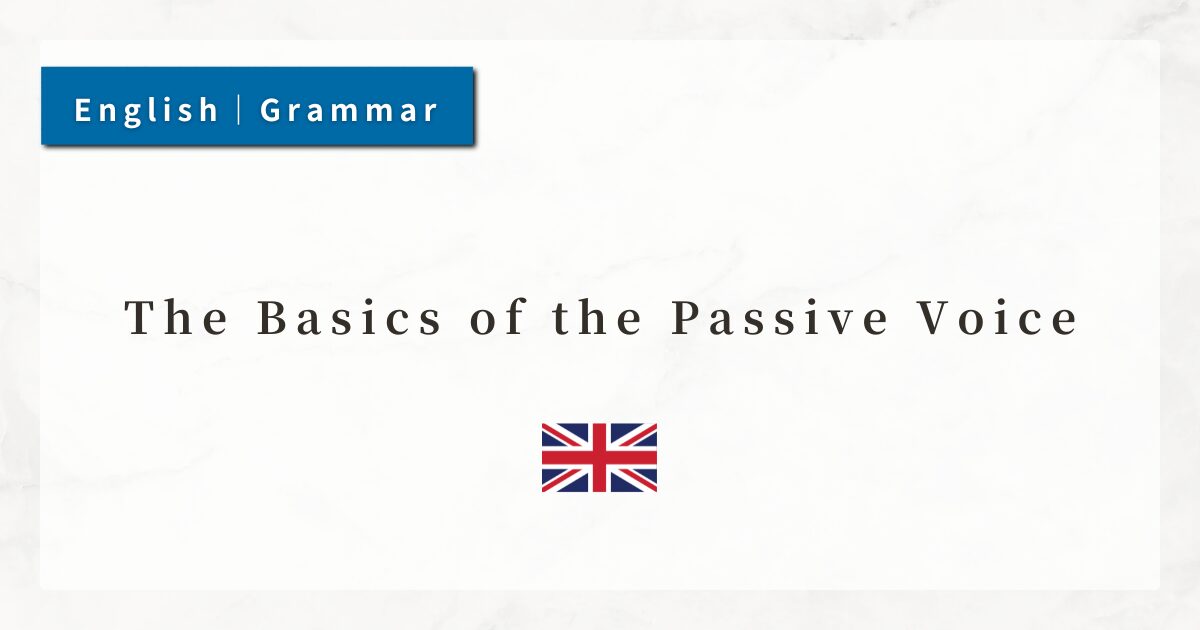#46 The Use of Equal Comparison (as ~ as)|Rules and Example Sentences of Comparative Expressions

In English, when I want to say “as … as ~,” I use the equal comparison structure (as ~ as).
Equal comparison is one of the most frequently used comparative expressions in daily conversation, alongside the comparative degree (-er / more ~ than) and the superlative (the most ~).
By using equal comparison, I can express that A and B are about the same rather than simply stating A is bigger than B. This allows me to make comparisons in a softer, more balanced way.
In this lesson, I will explain the basic rules and usage of the as ~ as structure, together with example sentences.
1. Basic Rules of Equal Comparison
The basic structure of equal comparison is: as + adjective / adverb + as + the object of comparison
This pattern is used to say, “A is as … as B.”
When using an adjective, the comparison focuses on qualities or characteristics. When using an adverb, the comparison focuses on actions or manner.
1-1. Examples with Adjectives
- She is as tall as her brother.
- This hotel is as comfortable as that one.
Here, adjectives such as tall and comfortable are used to compare qualities of people or things.
1-2. Examples with Adverbs
- He runs as fast as a professional athlete.
- She sings as beautifully as her mother.
When using adverbs, the comparison highlights the manner or degree of actions.
2. Usage in Questions
Equal comparison can also be used in questions, when I want to ask, “Is A as … as B?”
- Is this restaurant as popular as that one?
- Do you study as hard as your friend?
As with other yes/no questions, the answer can simply be Yes or No.
3. Usage in Negative Sentences
When equal comparison is negated, it expresses the meaning “not as … as ~,” or “not as much as ~.”
- This book is not as interesting as that one.
- He is not as tall as his father.
In affirmative sentences, equal comparison shows “the same degree,” while in negative sentences, it conveys the nuance of “less than.”
4. Emphasizing Comparisons
Equal comparison can be modified with words of emphasis or limitation to convey more precise nuances:
- just as ~ as
- almost as ~ as
- twice as ~ as
- half as ~ as
By using numbers or ratios such as twice, three times, half, I can indicate not just equality, but also the degree of difference.
5. Summary
- The structure “as + adjective / adverb + as ~” expresses “as … as ~.”
- In questions, it asks “Is A as … as B?”
- In negative sentences, “not as ~ as” means “not as … as ~.”
- Adding modifiers like just, almost, twice, half makes the comparison more detailed.




